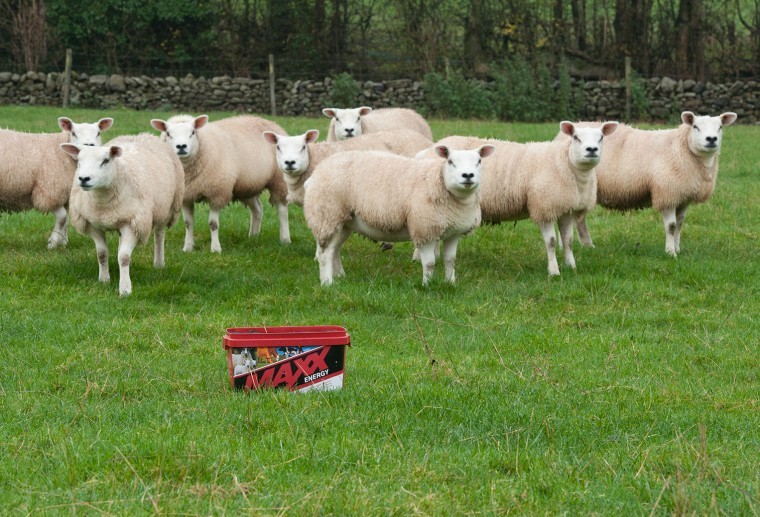David Thornton, Rumenco technical manager, warns that careful management of this period is vital as grass quality can’t always be relied upon. “This season’s grass samples suggest dry matter content (DM) is only around 20%, which means around 80% is water. So effectively, ewes are eating a lot of stomach filling material, 80% of which has no nutritional value.
“Research confirms it’s important to maintain a high level of nutritional support for at least the first 40 to 60 days of pregnancy. Ewes needs to be in optimum body condition for early embryo genesis, when the embryo is just starting to form from the fertilised egg.
“Due to the high water content, grass is likely to be low in energy. If ewes’ are in a negative energy balance, this will compromise egg implantation and early embryonic development. This makes it critically important to maintain good nutrition right through from tupping, into pregnancy, to make every lamb count.
“Consequently, supplementary nutrition is going to be vital to ensure ewes receive a balanced energy intake that meets these nutritional needs, especially as we head into the winter months.
“Another issue we’re seeing this season, along with consistently low DM affecting energy intake, is deficiencies of trace elements, especially cobalt and selenium.
“Cobalt tends to be deficient in the UK regardless of grass quality, and it is the most important trace element around the tupping and early pregnancy period. Maxx Energy provides high levels of trace elements, as well as being high in energy to optimise ewe health and support foetal development at this time.
Mr Thornton concludes: “After tupping you can’t increase the number of lambs, you can only lose them. A proactive approach to ewe nutrition, and being mindful of energy requirements compared to the quality of grass at this stage will pay-off in the long term, resulting in a successful 2016 lamb crop.”




